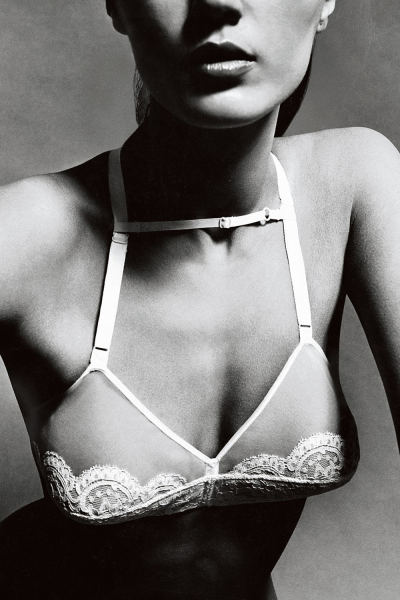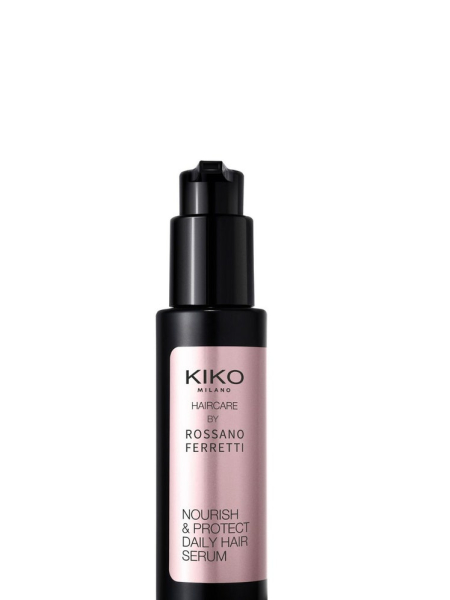
There were certain areas of my body I was aware would never be the same again after having a baby. My tummy, for starters, had stretched to accommodate a baby that maxed out at the size of a watermelon, so I was expecting some loose, excess skin. I knew that my pelvic floor had been through the wringer, and would require daily squeezing exercises to strengthen it. A raised scar and a pocket of fat above it would be the lasting memento of an emergency C-section. But one area I wasn’t prepared to see changing as drastically as it did? My boobs.
It never occurred to me that my breasts had undergone as significant a change as my abdomen. After all, an increased cup size is one of the best-known physical changes of pregnancy and your postpartum body, as your breasts fill with milk. “During pregnancy the breasts undergo significant changes,” explains plastic surgeon William Van Niekerk from the Cadogan Clinic, “In preparation for breastfeeding, the breasts become fattier, and the glands become hyperplastic, because the breasts are increasing in size, so the overlying skin is stretched out as well and often the blood vessels become more engorged and more obvious.”
The additional strain of breastfeeding on the tissue also has an effect. “After breastfeeding, there is a process called post-lactational involution,” explains Van Niekerk. “The glandular tissue decreases, so you lose volume from your breasts. The skin sadly loses its elastic recoil, so it doesn’t stretch back and take up that slack. The framework that was holding up your breasts, the suspensory ligaments of cooper, have also been stretched out and pretty much destroyed, so they’re not holding your breasts up anymore either.” Anecdotally, breast pumps are also thought to impact how much sagging you might experience, particularly if you use hospital-grade machines, for the simple reason that it is a more forceful way to extract milk than breastfeeding alone.
Call me naive, but I hadn’t really twigged that once I stopped breastfeeding I’d be left with less volume and excess skin. It has become the hot topic of conversation amongst me and my fellow mum friends, all of whom are obsessed with the fact that we want our pre-baby boobs back. Is the only option surgery? The answer is complicated – and depends on exactly what you’re hoping to achieve.
For those whose breasts are feeling depleted postpartum, surgery is the best route. Thinking carefully about whether you can commit to it and are ready for this step is important, as The Beauty Triangle founder Francesca Ogiermann-White explains. “As with any surgical intervention, it’s a lifetime commitment that takes a lot of preparation – you need to be sure, particularly postpartum, that you’ve really given yourself enough time to recover and that you’ve got the right support network in place. There’s a lot of headspace required mentally.”
Many women decide to wait until they have completed their families before having surgery, which is a major disruption to life – particularly if you’ve got children running around. After all, you won’t be able to lift or carry them for several months afterwards. However, there is nothing to say that having breast surgery will impact fertility or any future breastfeeding, and there are no negative outcomes to getting pregnant following it.
If you’d rather not go for implants, fat transfer is another option. “A lot of women carry a bit of extra weight after giving birth, so actually fat transfer is a really elegant solution to very subtly shift any stubborn bulges you just can’t get rid of otherwise with diet and exercise,” shares Ogiermann-White. “It gives a lovely soft, cushioned effect. I think people love it as well because it’s not a foreign implant, it’s using your own ‘resources’. The overall effect is startlingly natural, which I think is what everyone wants.”
There are other non-surgical options available to increase perkiness – particularly if you’ve got a smaller cup size. “For post-breastfeeding saggy or deflated breasts, especially for women with minimal signs of sagging and smaller breasts, Laser Erbium YAG can be an excellent option,” explains Roma Sumskiene, senior aesthetic therapist at Dr Joney de Souza’s clinic. “This non-invasive treatment works wonders by lifting and tightening the skin around the breast tissue by gently heating it, to induce a thermal response. The process stimulates collagen production and encourages skin tightening, resulting in firmer, more lifted breasts.” A similar option is the Morpheus8, offered by Dr Jack, which stimulates collagen production through microneedling in the area. “The fractional nature of the technology means surrounding tissues remain unharmed, minimising downtime and discomfort,” he explains, but he adds: “Whilst Morpheus 8 can yield impressive results, multiple sessions may be necessary to achieve optimal outcomes.”
Saggy or crepey breasts, with wrinkled skin due to stretching and shrinking, are another common concern. Dr Galyna, an aesthetic doctor based at Dr Rita Rakus, offers her signature laser and injectable treatment for this. “I use a combination of an ablative laser and polynucleotide injections for the decolletage area to reduce any new lines created by sagging breasts, and it can also target stretch marks too.” Because none of these procedures work directly with the breast tissue, there are no concerns around future breastfeeding, meaning they are safe to do between children.
While it’s no silver bullet, exercise can of course play a part in helping you regain your prenatal figure. Though it won’t increase volume, resistance training can strengthen your chest and improve your posture, creating a lift. “My clients are most concerned about their breasts lowering after breastfeeding,” shares personal trainer Aimee Victoria Long. “One thing that I highly recommend is the use of resistance training to help rebuild the muscle in and around the breast to help lift that area. Beneath your breast sit the two major chest muscles: the pectoralis major, which runs from your sternum and up to the arms and neck, and the pectoralis minor, which helps connect your ribs to the shoulder blades. Focusing on strengthening these two muscles is key to regaining the shape of the breasts.” She recommends dumbbell chest presses, push-ups and incline dumbbell flies to strengthen the area.
A recent study claimed that it takes two years for a woman’s body to recover fully from childbirth. With this in mind, Dr Galyna notes that a degree of acceptance is important. “Embrace the change,” she says. “To expect the exact same pair of boobs is not realistic. It’s a battle that you will never win.” At the end of the day, you’ve gone through the most incredible transformation to become a mother, having grown and nurtured a new life with your body, who really cares if your breasts look different?

